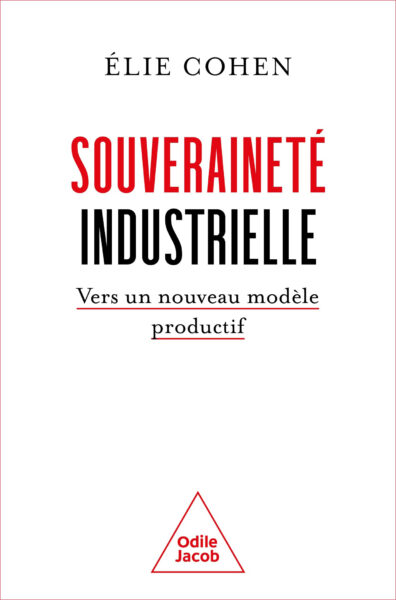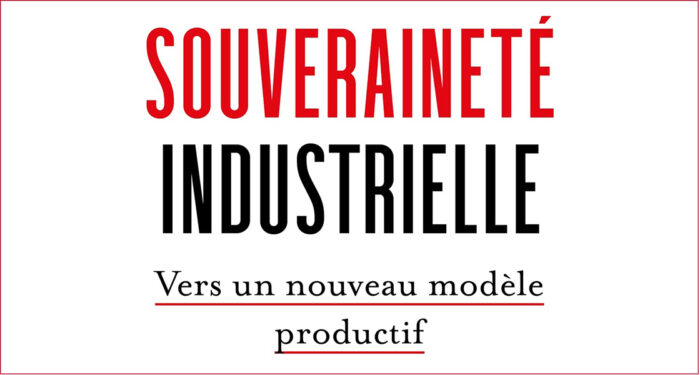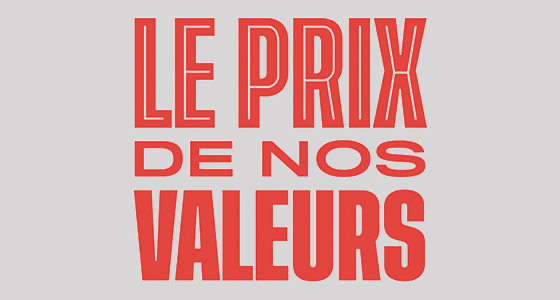Growing awareness of resource exhaustion and of the consequences, particularly for the climate, of our modes of consumption and production has helped remind humanity that we live in a finite world and that to make too many demands on our ecosystem is to run the risk of reaching a point of no return. To change everyone’s styles of production and consumption in all countries by the end of the century is without doubt too ambitious an aim, but it is worth putting it forward and trying to equip ourselves with the tools to achieve it. The bioeconomy or “green carbon” economy is one of those tools, as Claude Roy shows in this article. It consists in exploiting the fruits of plant photosynthesis not merely for foodstuffs, but also for materials, chemical bases, fertilizers, energy etc.
Claude Roy outlines the main characteristics of the bioeconomy, particularly in France, the economic sectors it covers and their potential, particularly in terms of employment. First and foremost, he shows how it could contribute to meeting the major challenges of our world, whose finite nature we are rediscovering today. Energy conservation, a renewables-based economy and carbon sequestration —three possible “emergency exits” at the heart of the bioeconomy, so long as human beings can commit to developing their agricultural crops and forests.



